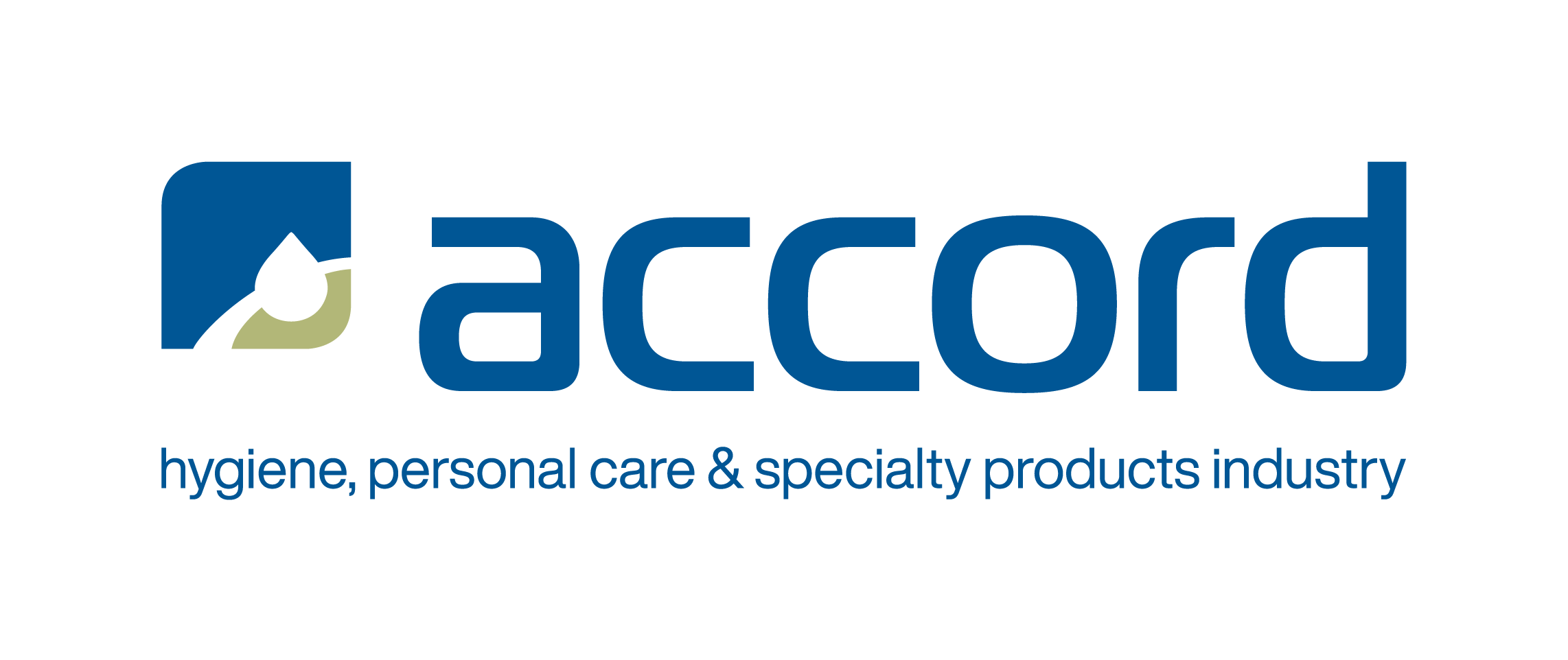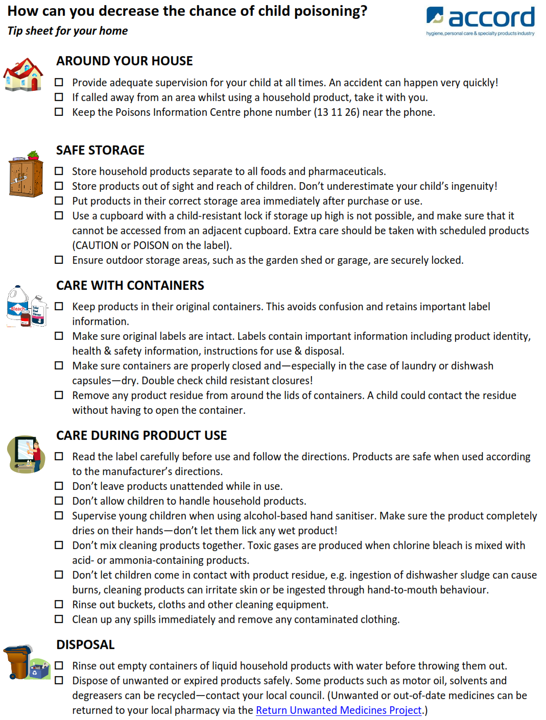Household products are an important part of daily life
Household products include cleaning products, personal care & hygiene products (such as soaps, body wash, shampoos, body creams and deodorants), disinfectants, laundry products, car care products and adhesives. Imagine life without these products!
Household products are safe when used according to the manufacturer’s directions. However, unsuitable exposure to household products can be harmful, especially to young children.
Children aged 0–4 are one of the groups at highest risk of poisoning by household products.
Quick links
Why are young children at risk of accidental poisoning?
How common is child poisoning in Australia?
What can YOU do to decrease the chance of child poisoning?
What should you do if a child comes in contact with a household product?
What other protections help prevent child poisoning?
•Adhesives and sealants •Automotive cleaners and protectants •Cleaning products e.g. soaps and detergents for personal hygiene, household cleaning, laundry, hard surface cleaning, upholstery cleaning, toilet cleaning, janitorial, hospital, manufacturing and agricultural cleaning •Colour cosmetics •Deodorants •Depilatories •Disinfectants & sanitisers e.g. household, janitorial, hospital, food manufacture and dairy farm sanitisers •Hair care products •Moisturisers e.g. face and body •Nail care products •Oral care e.g. toothpastes and mouthwashes •Perfumes and colognes •Pest control e.g. personal & household •Polishes •Tampons •Wet wipes …and many more
Why are young children at risk of accidental poisoning?
Young children are inquisitive, gaining knowledge of their world through play and exploration.
From zero to four years of age, children gain independent mobility. They use their mouth as an exploratory tool. And many young children like to imitate what others do around the home.
These factors mean that young children run a higher risk of exposure to potential hazards and rely on their carers to ensure a safe environment.
When can accidental child poisoning happen?
Most child poisonings occur in the home. Child poisoning can happen any time, but especially:
- When a child is not supervised
- While a household product is in use
- When there is a lot of activity or distraction
- When the normal routine is disrupted
- When a product has been stored incorrectly
- When a product is not returned to a safe storage area
- When on holidays
- When a child reaches a new developmental stage
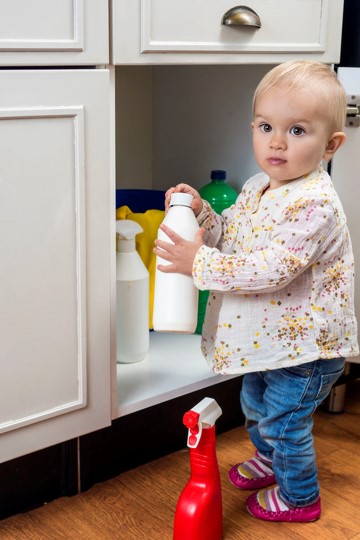
The pie chart shows causes of community injury4 hospitalisations for 0–4 year-olds in Australia in 2009–10,5 showing that accidental poisoning by ‘other substances’ accounted for just 2% (391 cases) of cases.
Household products are a minor cause of accidental poisoning.
Household products are grouped under ‘other substances’, along with things like tobacco and nicotine, alcohol, petroleum products, pesticides, toxic vapours and other chemicals. This category does not include pharmaceuticals or drugs.
Accidental poisoning, by any substance, was responsible for less than 1% of injury deaths (1 of 90 deaths) for 0–4 year-olds in Australia in 2015–16.6
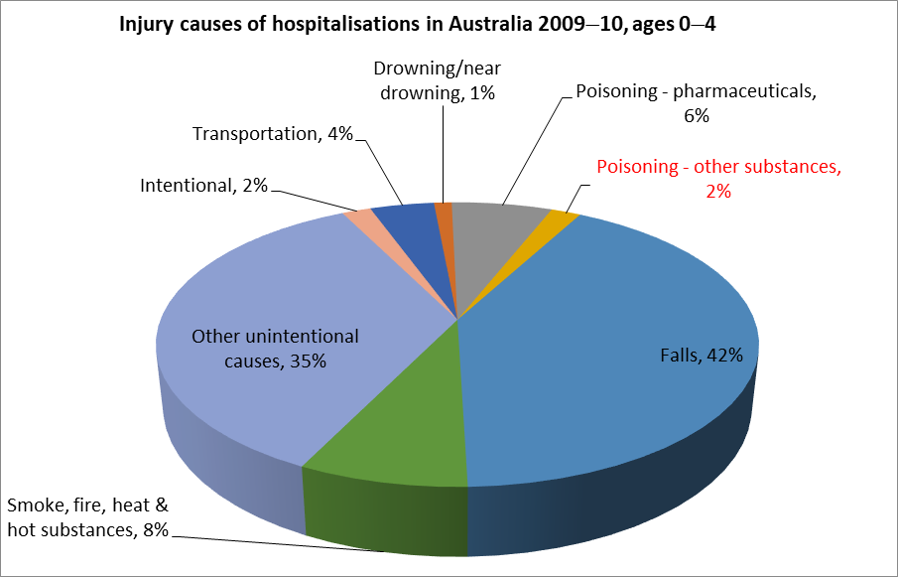
Although poisoning by ‘other substances’ is only a minor cause of child injury, and household products are only a small percentage of these ‘other substances’, children aged 0–4 are one of the groups at highest risk.
Alcohol-based hand sanitiser can be harmful if ingested, particularly for young children and babies.
The NSW Poisons Information Centre has seen a spike in calls due to hand sanitiser exposure incidents during the COVID-19 pandemic, mostly as a result of babies and young children ingesting it at home.
Whilst use of hand sanitiser is important in helping prevent the spread of COVID-19, it is important to supervise young children during use: make sure the product completely dries on their hands, and don’t let them lick any wet product. Store hand sanitiser products safely out of reach.
Although most minor ingestions can be safely managed at home, if you suspect your child has ingested alcohol-based hand sanitiser, call the Poisons Information Centre on 131126 for assessment and advice.
What can YOU do to decrease the chance of child poisoning?
Supervision, safe use and safe storage are the best ways to keep children safe from unintentional exposure to household products.
- Provide adequate supervision for your child at all times. An accident can happen very quickly!
- If called away from an area whilst using a household product, take it with you.
- Keep the Poisons Information Centre phone number (13 11 26) near the phone.
- Store household products separate to all foods and pharmaceuticals.
- Store products out of sight of children and well out of their reach. Don’t underestimate your child’s ingenuity!
- Put products in their correct storage area immediately after purchase or use.
- Use a cupboard with a child-resistant lock if storage up high is not possible, and make sure that it cannot be accessed from an adjacent cupboard. Extra care should be taken with scheduled* products.
- Ensure outdoor storage areas, such as the garden shed or garage, are securely locked.
- Keep products in their original containers. This avoids confusion and retains important label information.
- Make sure original labels are intact. Labels contain important information including product identity, health & safety information, instructions for use & disposal.
- Make sure containers are properly closed and―especially in the case of laundry or dishwash capsules―dry. Double check child resistant closures!
- Remove any product residue from around the lids of containers. A child could contact the residue without having to open the container.
- Read the label carefully before use and follow the directions. Products are safe when used according to the manufacturer’s directions.
- Don’t leave products unattended while in use.
- Don’t allow children to handle household products.
- Supervise young children when using alcohol-based hand sanitiser. Make sure the product completely dries on their hands―don’t let them lick any wet product!
- Don’t mix cleaning products together. Toxic gases are produced when chlorine bleach is mixed with acid- or ammonia-containing products.
- Don’t let children come in contact with product residue, e.g. ingestion of dishwasher sludge can cause burns, cleaning products can irritate skin or be ingested through hand-to-mouth behaviour.
- Rinse out buckets, cloths and other cleaning equipment.
- Clean up any spills immediately and remove any contaminated clothing.
- Rinse out empty containers of liquid household products with water before throwing them out.
- Dispose of unwanted or expired products safely. Some products such as motor oil, solvents and degreasers can be recycled―contact your local council. (Unwanted or out-of-date medicines can be returned to your local pharmacy via the Return Unwanted Medicines Project.)
This information can also be downloaded as the Children & Household Product Safety Tipsheet →
What to do if a child has come in contact with a household product
If a child has got a household product (or other potentially harmful substance) in their mouth, in their eye or on their skin, action should be taken immediately.
If your child has swallowed a household product (or you suspect they have):
- Do not induce vomiting. Rinse out the mouth straight away.
- Call the Poisons Centre on 13 11 26 immediately. Have the product, or a photo of it, with you when you call. Call 000 if the child collapses, loses consciousness, has a seizure or trouble breathing.
- Follow the advice provided by the poisons information specialist – this may be first aid, or a visit to the GP or hospital.
If your child has got household product in their eye (or you suspect they have):
- Rinse the eye immediately. Use room temperature water and irrigate for 15 to 20 minutes.
- Encourage blinking.
- For a young child, wrap them in a towel. Run water from the tap or a jug over the eye, letting it hit the bridge of the nose first. For an older child, rinsing in the shower might be easiest.
- After rinsing, call the Poisons Information Centre on 13 11 26. If pain, problems with vision, redness, swelling or tearing persists, urgent medical care may be needed.
Many household products are harmless to the skin. But for accidental skin contact with an irritating or harmful product:
- Remove any contaminated clothing immediately.
- Rinse the affected skin. Use room temperature water and rinse for at least 15 minutes.
- Mild hand soap can be used to remove material that sticks to the skin.
- For large spills or older children, using the shower might be easiest.
- After rinsing, call the Poisons Information Centre on 13 11 26. If blistering, large or deep burns, pain, redness or swelling persists, urgent medical care may be needed.
What other protections help prevent child poisoning?
Supervision, safe use and safe storage will always be the best ways to keep children safe from unintentional exposure to household products. But there are also other protections that help keep children (and others) safe from inappropriate contact with household products.
Regulations
Household products (and pharmaceuticals) are made from chemical ingredients. The potential harm that an ingredient can cause is determined by many things including its toxicity, how much is in the product, what other ingredients are also in the product, and how the product is used.
Chemical products and ingredients are highly regulated in Australia. Regulations protect public, worker and environmental health by specifying things like:
- the substances that are allowed to be used, how they are used, and in what quantities
- how substances are handled, stored and transported
- what information needs to be communicated.
The Poisons Standard
The Poisons Standard7 classifies some ingredients into categories—or ‘schedules’—that determine how the public can access them, and what information needs to be provided. You might see label warnings such as CAUTION or POISON, which indicate a low or moderate potential for causing harm, respectively. The package label will also provide warnings and safety directions. Household products are not permitted to contain ingredients that pose too great a risk to the public.
Child resistant closures and packaging
Some household products are required to have child resistant closures (CRCs). CRCs are not placed on every package as this would diminish the impact and make it more difficult to tell which products require special care.
These measures are not 100% child-proof. Rather, they help to increase the time taken for a young child to access the package contents. CRCs must comply with certain standards and requirements,8 and are tested for ease of access by children before they can be used.
CRCs should always be closed properly and are not a substitute for correct storage and handling of household products, or adequate supervision of children.
Poisons Information Centres
Poisons Information Centres are located around Australia and are available 24 hours a day, 7 days a week by calling 13 11 26.
These centres are staffed by professionals who provide specific advice for your situation in the event of actual or suspected child poisoning. If possible, have the child and the potential poison (or a photo of it) with you when you call. All products that display the Poisons Information Centre number must provide relevant product information to the Centre.
Advice may include first aid and monitoring advice, or whether you should take your child to hospital. Calling the Poisons Information Centre may prevent an unnecessary visit to the Emergency Department.
Voluntary industry initiatives
It is in everyone’s interests to help prevent unintentional exposure to household products.
For example, the Australian laundry detergents industry recognised that extra care was needed with laundry detergent capsules to help keep children safe. There are several benefits of this product format, which contains highly concentrated ingredients enclosed in single‐dose, water soluble packaging. But capsules can be particularly attractive to children: their size makes them easy to handle and they can look like confectionery.
As an example of a proactive industry initiative, the leading Australian laundry detergent companies―through Accord, and in dialogue with the Australian Competition and Consumer Commission (ACCC) Product Safety Branch―developed the Australian Industry Guideline for Labelling & Packaging of Liquid Laundry Capsules. This Guideline provides advice to manufacturers on how to help ensure that there is no unintended exposure to these products.
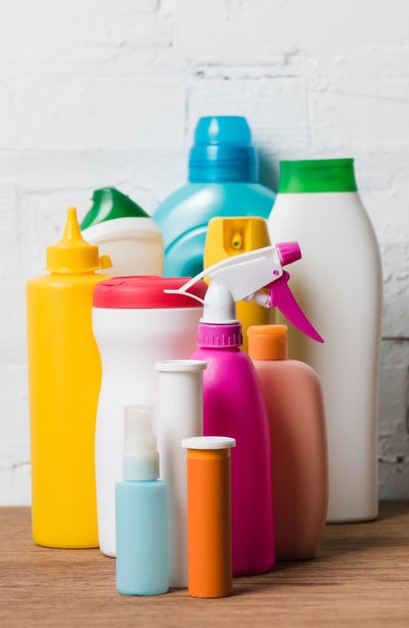

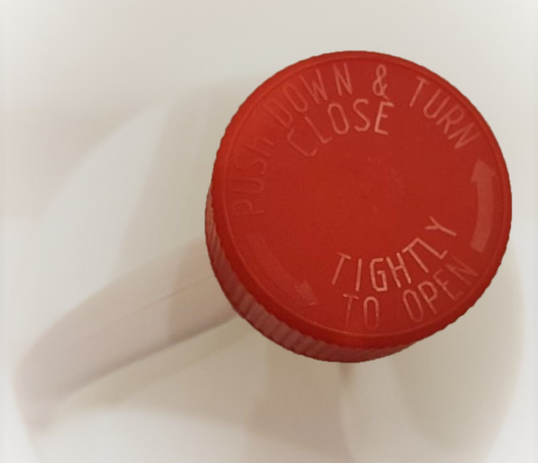


References
- Injury: ‘A trauma or poisoning or other condition of rapid onset to which factors and circumstances external to the person contributed significantly’, 4825.0.55.001 – Injury in Australia: A Snapshot, 2004–05, Australian Bureau of Statistics.
- 1301.0 – Year Book Australia, 2006, Australian Bureau of Statistics.
- Australian Institute of Health and Welfare 2020. Australia’s children. Cat. no. CWS 69. Canberra: AIHW.
- Community injury excludes injury as a result of medical or surgical complications.
- Tovell A, McKenna K, Bradley C & Pointer S 2012. Hospital separations due to injury and poisoning, Australia 2009–10. Injury research and statistics series no. 69. Cat. no. INJCAT 145. Canberra: AIHW (data from Table 2.1.2: Major external cause groups for community injury cases, by age, Australia, 2009–10)
- AIHW: Henley G & Harrison JE 2019. Injury mortality and socioeconomic influence in Australia, 2015–16 (data from Table S2: Age-specific rates of injury mortality, by age group, by socioeconomic group, Australia, 2015–16; and Table S11: Age-specific rates of unintentional poisoning deaths, by age group, by socioeconomic group, Australia, 2015–16.)
- www.tga.gov.au/publication/poisons-standard-susmp
- www.tga.gov.au/child-resistant-packaging-requirements-medicines-guidance-tgo-95
